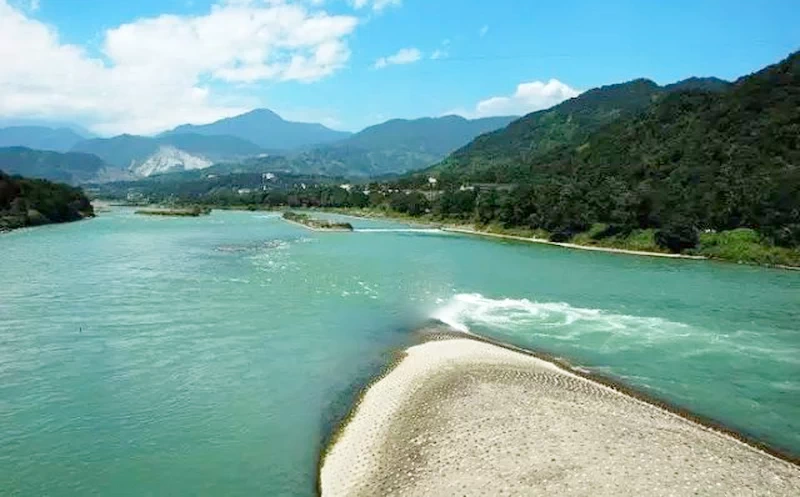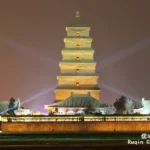Dujiangyan Irrigation System is one of the world’s most impressive engineering feats and a must-visit site for tourists traveling to Chengdu. Built over 2,000 years ago, it’s not only a functional irrigation system but also a UNESCO World Heritage Site. In this guide, we’ll cover everything foreign visitors need to know about how to visit Dujiangyan Irrigation System, including how to get there, what to see, and tips for making the most of your visit.
1. Overview of Dujiangyan Irrigation System
The Dujiangyan Irrigation System, located in Sichuan Province near Chengdu, is a UNESCO World Heritage Site and an engineering marvel with over 2,000 years of history. Built in 256 BC by the local governor Li Bing and his son, it is the world’s oldest irrigation system still in operation.
Unlike modern dams, it controls water flow without the need for reservoirs, using natural topography to divert water from the Min River for flood control and irrigation. This innovative design transformed the Sichuan Basin into one of China’s most fertile agricultural regions, earning it the nickname “Land of Abundance.”
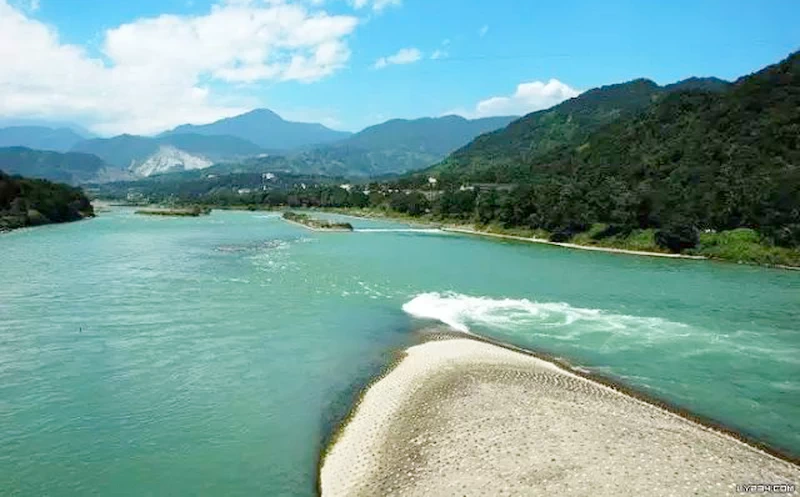
Visiting Dujiangyan offers a chance to marvel at its ingenious waterworks while walking through scenic areas surrounded by mountains and lush forests. Key attractions include the Yuzui (Fish Mouth), Feishayan Spillway, and Baopingkou Water Inlet. Nearby, you can also visit the stunning Mount Qingcheng, a sacred Taoist site, which complements the historical and cultural experience.
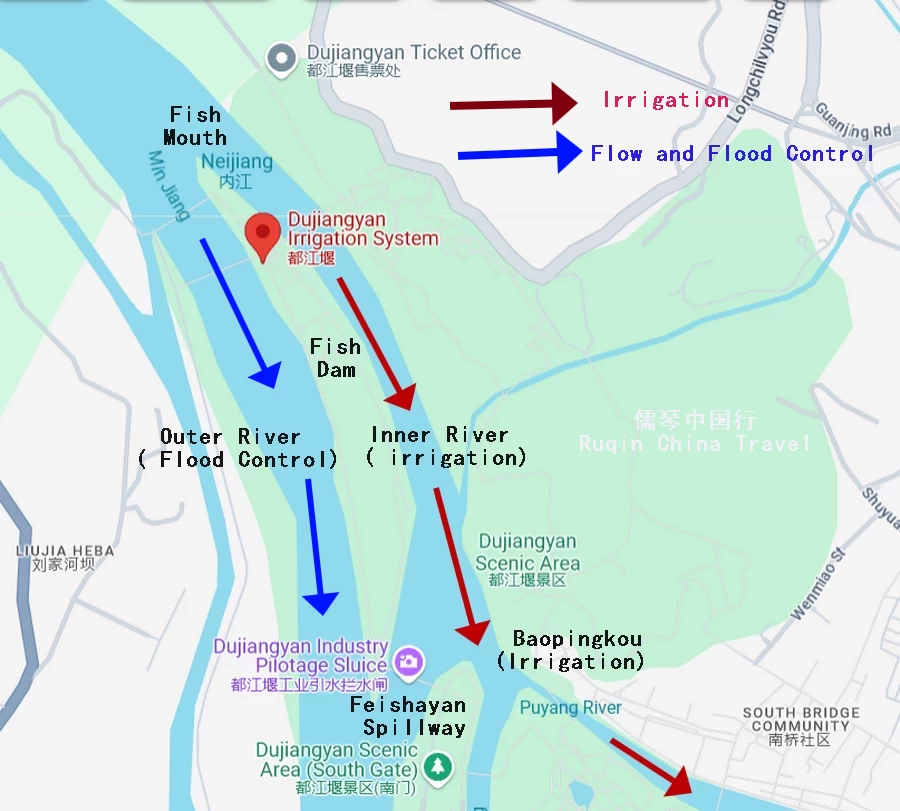
The man-made, fish-shaped dam divides the Minjiang River into two branches: the Outer Minjiang River and the Inner River. The Inner River is used for irrigation, while the Outer Minjiang River allows the river’s natural flow to continue and for flood control.
2. Getting to Dujiangyan from Chengdu
How to get to Dujiangyan is a common question for travelers. Fortunately, Dujiangyan is about 60 kilometers from Chengdu, making it an easy day trip.
By Train
Taking the train is one of the most efficient ways to reach Dujiangyan from Chengdu. The Chengdu-Dujiangyan high-speed railway takes about 30 minutes. Trains depart regularly from Chengdu’s Xipu or Chengdu North Railway Station. Once you arrive at Dujiangyan Station, you can take a short taxi ride or a local bus to the entrance.
By Bus
Alternatively, you can take a bus from Chadianzi Bus Station in Chengdu to Dujiangyan. The bus ride takes approximately one hour. This option is slightly slower but more budget-friendly. Buses run frequently, so it’s easy to find one that fits your schedule.
From Chengdu Airport
If you’re arriving directly from Chengdu Shuangliu International Airport, you can take an airport shuttle to Chengdu city center and then follow the train or bus options. Alternatively, a direct taxi ride from the airport to Dujiangyan will take around 90 minutes.
3. Entrance Fees and Opening Hours
The entrance fee for the Dujiangyan Irrigation System is 80 RMB per person. If you want to explore Mount Qingcheng, which is nearby, you can purchase a combo ticket for around 155 RMB. The site opens daily from 8:00 AM to 6:00 PM. It’s best to arrive early to avoid crowds, especially during weekends and Chinese holidays.
If you have extra time, consider combining your visit to Dujiangyan with a trip to Mount Qingcheng. Mount Qingcheng is one of the most famous Taoist mountains in China, offering scenic hiking trails and temples. It’s located only 15 kilometers from Dujiangyan, making it a perfect combination for a two-day trip.
4. Best Time to Visit Dujiangyan Irrigation System
The best time to visit Dujiangyan for weather is during spring (April to May) and autumn (September to October). During these months, the weather is mild, and the scenery is at its most beautiful.
Summer can be hot, but it’s still manageable if you start your visit early in the day. Winter is less crowded, but be prepared for colder temperatures.
5. Top Things to Do at Dujiangyan Irrigation System
There are several key attractions to explore within the Dujiangyan Irrigation System area. Below are some of the highlights.
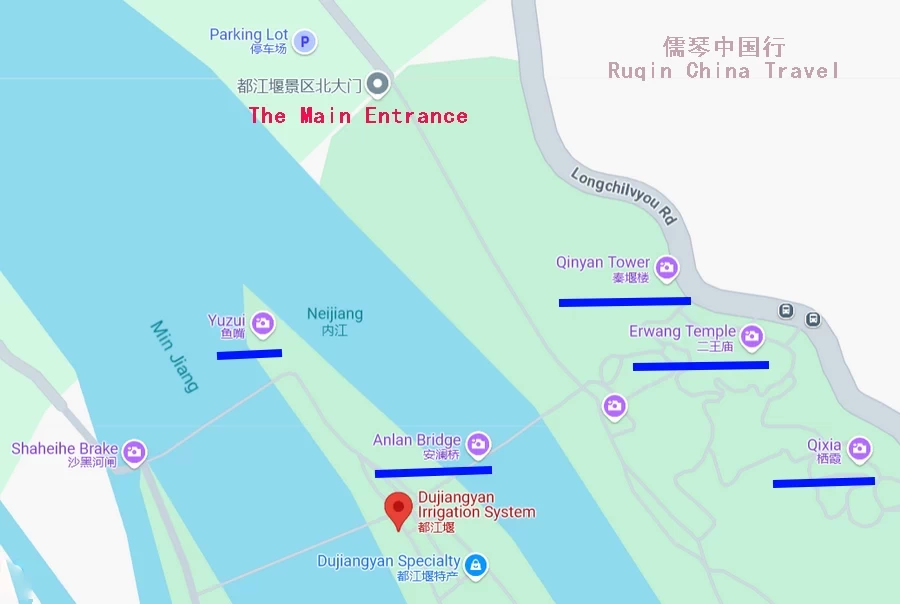
Erwang Temple (二王庙)
This temple is dedicated to Li Bing and his son, who designed the irrigation system. It offers incredible views of the river and is a place where locals pay their respects to the engineering geniuses.
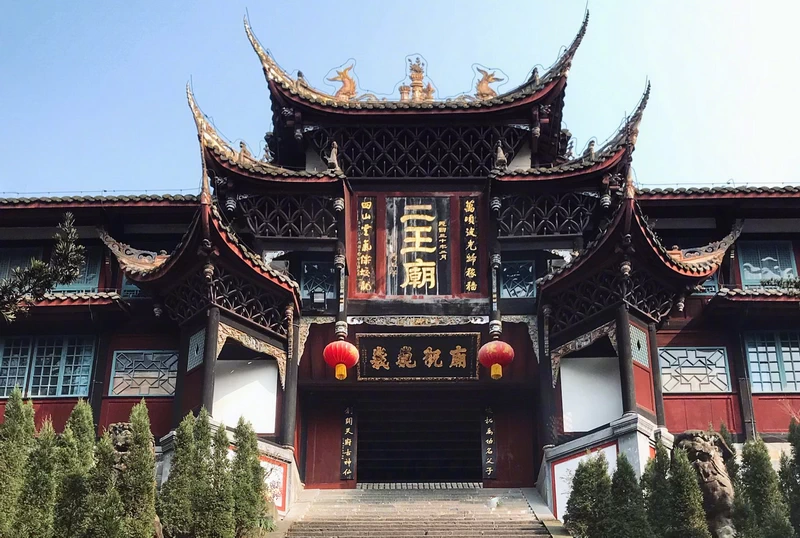
Anlan Cable Bridge (安澜索桥)
This suspension bridge is a fun and scenic part of your visit. It sways slightly as you cross, giving you great views of the irrigation channels below.
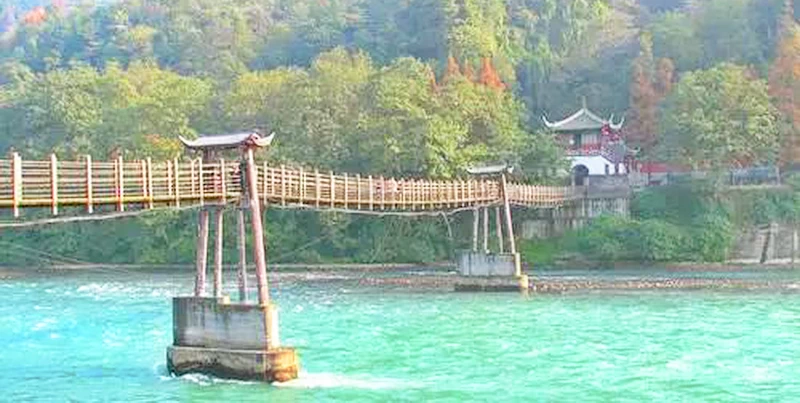
Qinyan Tower (秦堰楼)
Located near the irrigation system, Qinyan Tower provides a bird’s-eye view of the entire area. Climb to the top to take in stunning panoramic views of Dujiangyan and the surrounding landscape.
Nanqiao (South Bridge, 南桥)
This bridge is another scenic spot, especially in the evening when it’s illuminated by colorful lights. It connects to the nearby city of Dujiangyan, making it a great place for a leisurely walk.
Qinxi Garden (秦溪)
For a peaceful experience, stroll through the serene Qinxi Garden. It’s filled with traditional Chinese landscaping, including ponds, pavilions, and walkways.
Hiking Around Dujiangyan
There are several trails around the Dujiangyan area that offer a more immersive nature experience. These trails are relatively easy, and you’ll be rewarded with views of the river, mountains, and forest.
6. Dujiangyan Travel Itinerary
Here’s a sample itinerary for how to visit Dujiangyan Irrigation System in a day:
Morning: Arrive early and start your visit at Erwang Temple. From there, walk to the Anlan Cable Bridge for panoramic views of the Min River.
Late Morning: Continue to explore Qinyan Tower and enjoy the sweeping views of the irrigation system.
Lunch: Head to a local restaurant near Nanqiao Bridge for authentic Sichuan food.
Afternoon: Spend time in Qinxi Garden for a relaxing stroll. End your day with a short hike in the surrounding area for more views.
Evening: Return to Chengdu by train or bus.
7. Dujiangyan Architecture and Design
One of the most remarkable aspects of Dujiangyan is its unique design. Unlike typical dams, this system diverts water naturally using weirs and channels.
This allows the Min River to flow unimpeded while still controlling flooding and distributing water for irrigation. It’s a prime example of ancient Chinese wisdom and environmental sustainability.
8. Tips for Visiting Dujiangyan
Here are some useful Dujiangyan visitor tips to ensure you have a smooth and enjoyable trip:
Wear comfortable shoes: You’ll do a lot of walking, so sturdy shoes are essential.
Bring snacks and water: There are restaurants, but having snacks on hand is always helpful, especially if you’re hiking.
Avoid peak hours: If possible, visit early in the morning or later in the afternoon to avoid the largest crowds.
Plan for a full day: There’s a lot to see, and you’ll want to take your time exploring the various sites.
Dujiangyan is a family-friendly destination. Kids will enjoy crossing the swaying cable bridges and learning about ancient engineering. However, be mindful of safety, especially on the bridges, and keep an eye on younger children near the water.
To enjoy a quieter experience at Dujiangyan, avoid visiting during Chinese holidays, especially Golden Week in October and the Spring Festival. Try to arrive early in the morning when the site first opens. Mid-week visits also tend to be less crowded.
9. Top Restaurants Near Dujiangyan
You’ll find plenty of local eateries offering Sichuan cuisine near Dujiangyan. Some top options include:
Zhang Fei Beef (张飞牛肉): Known for its spicy and flavorful beef dishes.
Chen Mapo Tofu (陈麻婆豆腐): A must-try restaurant for Sichuan’s famous mapo tofu.
Lao Ma Tou Hotpot (老码头火锅): For those craving hotpot after a day of exploring.
These spots offer authentic dishes that will give you a true taste of Sichuan’s bold flavors.
10. Where to Stay Near Dujiangyan
If you plan to spend the night near Dujiangyan, several hotels cater to tourists. Some popular choices include:
Six Senses Qingcheng Mountain: A luxury eco-resort located near Mount Qingcheng.
Holiday Inn Express Dujiangyan Downtown: A more budget-friendly option in the heart of the city.
Banyan Tree Qingcheng: This upscale hotel offers a peaceful escape with views of the surrounding mountains.
11. Comparing Dujiangyan vs. Leshan Giant Buddha (Day Trips)
Many travelers to Chengdu wonder whether to visit Dujiangyan or the Leshan Giant Buddha. Both are great choices, but they offer different experiences.
Dujiangyan is ideal for history buffs and nature lovers. Its engineering marvels, peaceful surroundings, and proximity to Mount Qingcheng make it perfect for a full-day exploration.
Leshan Giant Buddha is a massive 71-meter-tall statue carved into a cliff. It’s the world’s largest stone Buddha and offers a spiritual and cultural experience.
If you have time, both are worth visiting, but Dujiangyan offers more for those interested in nature and engineering history.
In conclusion, how to visit Dujiangyan Irrigation System is an essential question for anyone planning a trip to Chengdu. Whether you’re interested in history, architecture, or nature, Dujiangyan offers a unique blend of all three. Follow this guide to make the most of your visit, and don’t forget to explore nearby Mount Qingcheng for a complete experience.
By understanding the best ways to get there, what to see, and when to visit, you’ll be fully prepared to explore one of China’s most important historical sites. Safe travels!
More Chengdu Travel Guides
Plan your Chengdu Tour? Our “Chengdu Travel Guide“ section offers essential advice to help you navigate the city like a pro. Welcome to the Chengdu Travel Guide, your ultimate resource for exploring the vibrant heart of Sichuan Province. Known as the home of the giant pandas and the birthplace of spicy Sichuan cuisine, Chengdu is a city where ancient traditions meet modern life.

